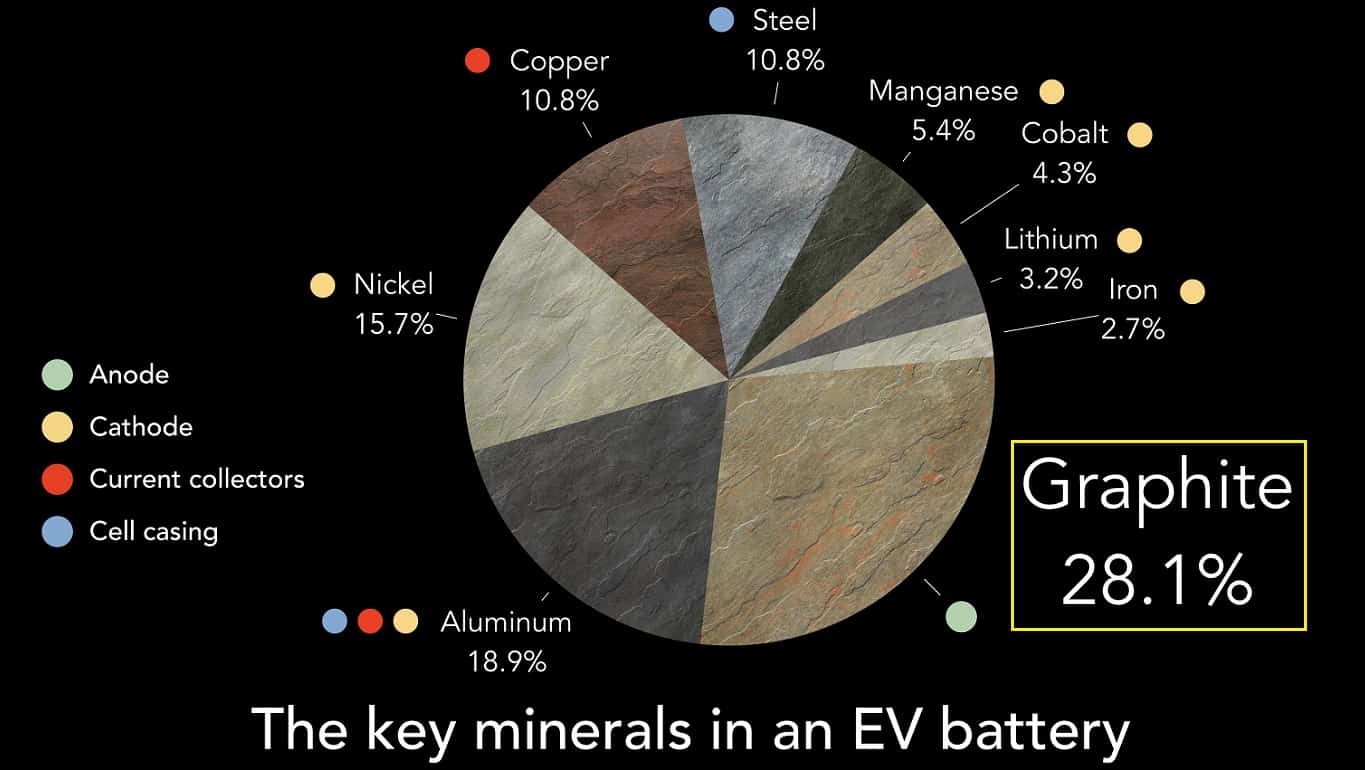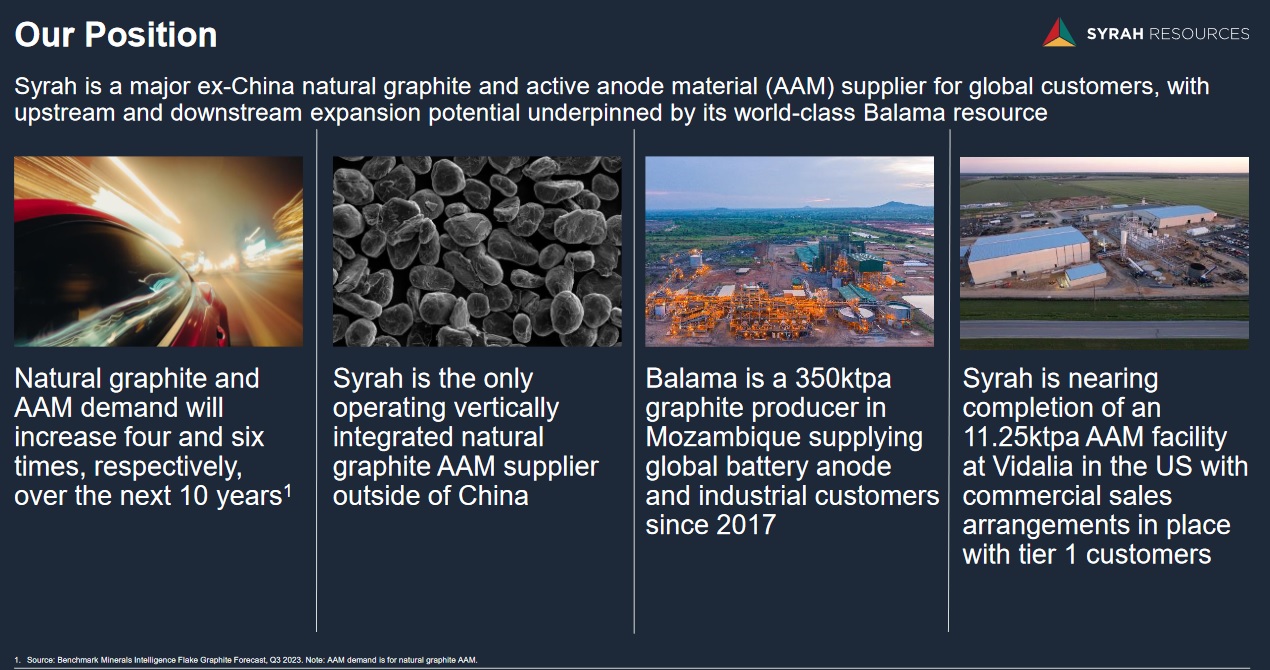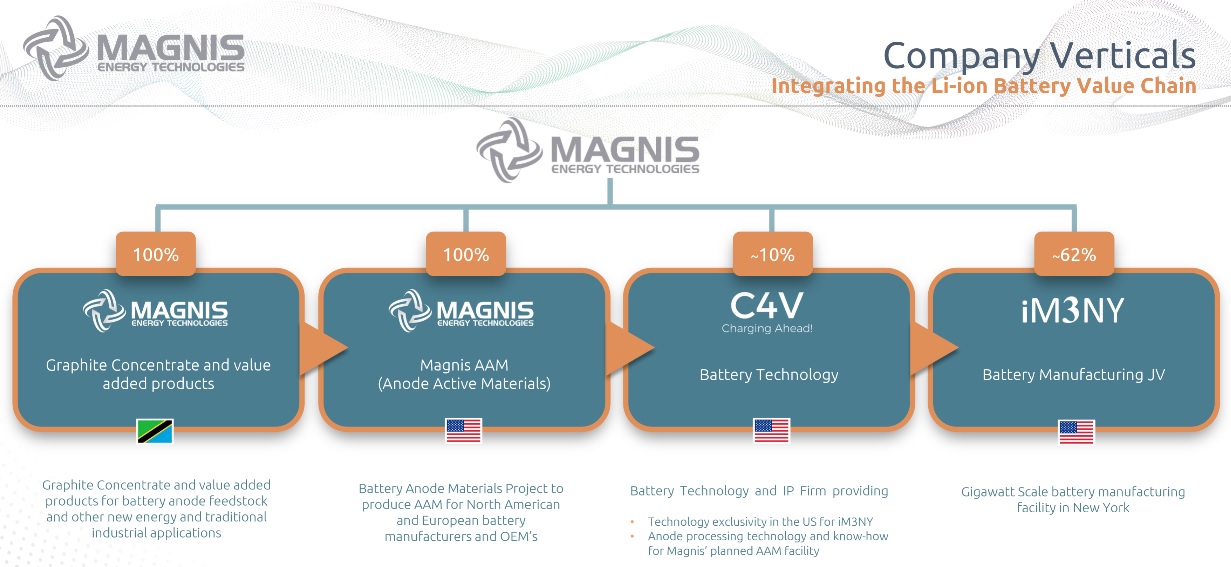Danny Huh on Neo Battery Materials’ Process Innovation, 9th Patent and Position in NBM Korea
In a recent enlightening interview with Tracy Weslosky of InvestorNews, Danny Huh, the Senior Vice President of Strategy and Operations at NEO Battery Materials Ltd. (TSXV: NBM | OTCQB: NBMFF) detailed the company’s strides in silicon anode technology for lithium-ion batteries, underlining their consistent progress over the past three years. Particularly notable was the discussion around the application for their 9th patent a month ago, marking a technological leap aimed at significantly enhancing their silicon anode materials’ production capacity and efficiency.
NEO Battery Materials has been actively engaged with evaluations of its anode active materials alongside global battery cell manufacturers, automotive OEMs, and major chemical material companies. The promising initial outcomes have ushered these collaborations into more extensive testing phases. This involves integrating NEO Battery’s silicon anode materials with traditional graphite anode materials in various larger cell formats, which are crucial for the batteries used in electric vehicles.
A standout achievement shared by Danny was the company’s successful pilot-scale capacity expansion to about 4,000 kilograms per year. Remarkably, this was accomplished without any need for additional equipment or alterations to the existing processes. This achievement not only underscores NEO Battery Materials’ innovative capabilities but also significantly boosts its production efficiency.
Further emphasizing the strategic maneuvers of NEO Battery Materials, Danny discussed the decision to increase the company’s ownership stake in NBM Korea. This move reflects the company’s determination to maximize the economic and technological gains from NBM Korea’s advancements and market penetration, showcasing NEO Battery Materials’ commitment to leveraging its silicone anode materials’ enhanced performance.
To access the complete interview, click here
Don’t miss other InvestorNews interviews. Subscribe to the InvestorNews YouTube channel by clicking here
About NEO Battery Materials Ltd.
NEO Battery Materials is a Canadian battery materials technology company focused on developing silicon anode materials for lithium-ion batteries in electric vehicles, electronics, and energy storage systems. With a patent-protected, low-cost manufacturing process, NEO Battery enables longer-running and ultra-fast charging batteries compared to existing state-of-the-art technologies. The Company aims to be a globally-leading producer of silicon anode materials for the electric vehicle and energy storage industries.
To learn more about NEO Battery Materials Ltd., click here
Disclaimer: NEO Battery Materials Ltd. is an advertorial member of InvestorNews Inc.
This interview, which was produced by InvestorNews Inc. (“InvestorNews”), does not contain, nor does it purport to contain, a summary of all material information concerning the Company, including important disclosure and risk factors associated with the Company, its business and an investment in its securities. InvestorNews offers no representations or warranties that any of the information contained in this interview is accurate or complete.
This interview and any transcriptions or reproductions thereof (collectively, this “presentation”) does not constitute, or form part of, any offer or invitation to sell or issue, or any solicitation of any offer to subscribe for or purchase any securities in the Company. The information in this presentation is provided for informational purposes only and may be subject to updating, completion or revision, and except as may be required by applicable securities laws, the Company disclaims any intent or obligation to update any information herein. This presentation may contain “forward-looking statements” within the meaning of applicable Canadian securities legislation. Forward-looking statements are based on the opinions and assumptions of the management of the Company as of the date made. They are inherently susceptible to uncertainty and other factors that could cause actual events/results to differ materially from these forward-looking statements. Additional risks and uncertainties, including those that the Company does not know about now or that it currently deems immaterial, may also adversely affect the Company’s business or any investment therein.
Any projections given are principally intended for use as objectives and are not intended, and should not be taken, as assurances that the projected results will be obtained by the Company. The assumptions used may not prove to be accurate and a potential decline in the Company’s financial condition or results of operations may negatively impact the value of its securities. This presentation should not be considered as the giving of investment advice by the Company or any of its directors, officers, agents, employees or advisors. Each person to whom this presentation is made available must make its own independent assessment of the Company after making such investigations and taking such advice as may be deemed necessary. Prospective investors are urged to review the Company’s profile on SedarPlus.ca and to carry out independent investigations in order to determine their interest in investing in the Company.


